
How Dynamometers Enhance Engine Diagnostics and Testing
Necessitating precise measurements, dynamometers unlock the secrets of engine performance, but what else can they reveal about engine diagnostics and testing?
To maintain your dynamometer in peak condition, adhere to these guidelines:
Being proactive in maintenance is crucial for its efficiency and durability.
Timely repairs and proper upkeep will extend its lifespan and ensure accurate grip strength readings. It is essential to look after your dynamometer to keep it performing at its best.
The Significance of Routine Cleaning and Calibration
Regular cleaning and calibration are crucial for maintaining the optimal performance and accuracy of a handheld dynamometer. Ensuring these precision instruments are clean and properly calibrated is essential for obtaining reliable measurements. Accumulated dirt can disrupt the dynamometer's functionality, resulting in inaccurate readings and potentially affecting the outcomes of tests or experiments you carry out. By consistently cleaning the device, you not only prevent such issues but also prolong its lifespan.
Calibration fine-tunes the dynamometer to guarantee precise and dependable readings. Without correct calibration, measurement errors and inconsistencies may emerge, undermining the trustworthiness of the results obtained. Following the manufacturer's cleaning and calibration guidelines is vital to keep your handheld dynamometer in top condition, ensuring it delivers optimal performance. Incorporating regular cleaning and calibration practices into your maintenance routine will help you have confidence in the accuracy of the measurements you take.
It is recommended to use manufacturer-approved cleaning solutions and tools, such as alcohol wipes, to clean the surfaces of the dynamometer. Additionally, referencing the user manual for specific instructions on cleaning different components can help you ensure thorough maintenance. For calibration, consider using a calibration kit provided by the manufacturer for accurate adjustments. Regularly checking the calibration status and making necessary adjustments will help maintain the dynamometer's accuracy over time.
Proper Storage Guidance for Dynamometer
How can appropriate storage guidelines enhance the durability and precision of your dynamometer? Maintaining the functionality of your dynamometer and ensuring accurate grip strength measurements relies heavily on proper storage. Storing the dynamometer in a dry, temperature-controlled setting is crucial to prevent damage from moisture or extreme temperatures. It is essential to steer clear of direct sunlight and heat sources to uphold its accuracy. Safeguard the dynamometer from dust buildup or accidental harm by storing it in a protective case when not in use. Adhering to the manufacturer's instructions for storage and upkeep can extend the dynamometer's lifespan and deliver dependable results.
| Proper Storage Guidance | Advantages |
|---|---|
| Dry, temperature-controlled environment | Prevents damage from moisture or extreme temperatures |
| Avoid direct sunlight and heat sources | Maintains accuracy and functionality |
| Store in a protective case or cover | Prevents dust accumulation and accidental damage |
In terms of maintaining your dynamometer in peak condition, a vital aspect is regularly inspecting it for signs of wear and tear.
By being proactive in checking for issues like cracks, fraying, or loose parts, you can catch problems early and prevent more significant damage.
This practice not only guarantees the accuracy of your measurements but also allows you to plan for timely replacements, keeping your dynamometer functioning optimally.
Examining for Wear and Tear Signs
Regularly checking the dynamometer for cracks, dents, or loose components is essential for maintaining its accuracy and performance. Ensuring the dynamometer remains sturdy and reliable by inspecting it for any signs of damage is crucial for its longevity.
Additionally, it is important to examine the grips and handles for wear to guarantee user comfort and a secure grip during testing. Addressing any rust or corrosion promptly is vital as it can affect the dynamometer's functionality and lifespan. Monitoring the display screen for malfunctions or fading numbers is key to ensuring clear and precise measurement readings.
Regular Maintenance Checks
Performing regular visual inspections on the dynamometer is crucial to identify any signs of wear, tear, or damage that could affect its accuracy and reliability. Check for worn-out grips, cracks, or loose components that may impact the strength testing results. It is essential to ensure all parts are securely fastened to maintain consistent readings.
Following the manufacturer's guidelines for cleaning the dynamometer helps prevent dirt buildup, reducing the risk of malfunctions. Additionally, scheduling routine calibration checks is necessary to confirm accuracy and make any required adjustments for optimal performance.
Replacement Schedule Planning
Developing a strategic plan for replacement scheduling is crucial to ensure the ongoing reliability and accuracy of your dynamometer in detecting wear and tear. Proper maintenance and replacement planning play a pivotal role in guaranteeing the longevity and precision of your equipment.
To effectively manage replacement schedules, consider the following:
Adherence to Manufacturers Maintenance Guidelines
To ensure your dynamometer maintains peak performance and accuracy, it is crucial to strictly follow the manufacturer's maintenance guidelines. Regular upkeep is essential to keep your dynamometer functioning at its best.
By adhering to the recommended calibration schedule, you can uphold the accuracy of the dynamometer, ensuring reliable results for grip strength testing. Storing the dynamometer in a clean, dry environment is also vital to prevent damage and prolong its lifespan.
Regular inspections should be carried out to identify any wear, damage, or signs of malfunction. Promptly addressing any issues can help prevent further damage and maintain the dynamometer's reliability.
Following the maintenance guidelines not only guarantees accurate results but also enhances the equipment's durability. By following these simple steps, you can keep your dynamometer in excellent condition, ready to provide precise measurements whenever required.
It's essential to address any issues with your dynamometer promptly to prevent further complications. By swiftly troubleshooting and providing maintenance solutions, you can guarantee your dynamometer stays in top condition.
Timely Problem-Solving Advice
Encountering issues with your dynamometer demands prompt troubleshooting and resolution to uphold its peak performance and longevity. Follow these practical tips to swiftly address problems:
For instance, using a dynamometer like the 'XYZ Model 2000' can simplify calibration processes due to its user-friendly interface and accurate measurements.
Swift Maintenance Solutions
Timely addressing of issues is crucial for maintaining the optimal performance and longevity of your dynamometer. Just as you prioritize your health, ensuring the dynamometer's well-being is vital for accurate results. Swiftly dealing with problems can prevent complications and keep the dynamometer's coefficient of variation within acceptable limits. Regular checks, prompt repairs, and following manufacturer guidelines for cleaning and storage are all key elements of efficient maintenance solutions. By being proactive and promptly resolving any issues, you can ensure your dynamometer remains in top condition, providing dependable measurements and prolonging its lifespan. Remember, early intervention is key to preserving your dynamometer's functionality!
Importance of Swift Maintenance Solutions
Addressing dynamometer issues promptly is essential to maintain accurate results and prevent further complications. By proactively tackling problems as they arise, you can ensure that your dynamometer stays in optimal condition. Regular maintenance checks, timely repairs, and proper cleaning and storage practices are all crucial for preserving the accuracy and longevity of your dynamometer. For example, using recommended cleaning solutions and storing the dynamometer in a dry, dust-free environment can significantly extend its lifespan and reliability. Swift maintenance solutions are not just about fixing problems quickly; they are about safeguarding the quality and performance of your dynamometer in the long run.
Maximising Lifespan Through Proactive Care
Ensuring the longevity and optimal performance of your dynamometer requires consistent proactive care. By combining regular maintenance tasks with protective practices, you can keep your dynamometer in top condition for years to come.
In conclusion, maintaining your dynamometer in top condition is essential for precise and dependable measurements. By adhering to regular cleaning and calibration routines, following proper storage guidelines, and promptly addressing any issues that arise, you can ensure your dynamometer has a long lifespan and continues to perform at its best. Remember to inspect for wear and tear regularly and adhere to the manufacturer's maintenance guidelines for optimal results. Taking proactive care of your dynamometer will ultimately save you time and money in the long run.
Guide Towards Further Learning:
Spark curiosity for more knowledge by inviting the reader to contact Hyper Dyno. Feel free to reach out to us if you have any questions about Dynamometer Products, Custom Solutions, Installation Setup, Training and Certification, Technical Support and Maintenance, Software Updates, Rental Services, Dynamometer Testing Services, and Accessories and Parts. Take action now for all your dynamometer needs.

Necessitating precise measurements, dynamometers unlock the secrets of engine performance, but what else can they reveal about engine diagnostics and testing?
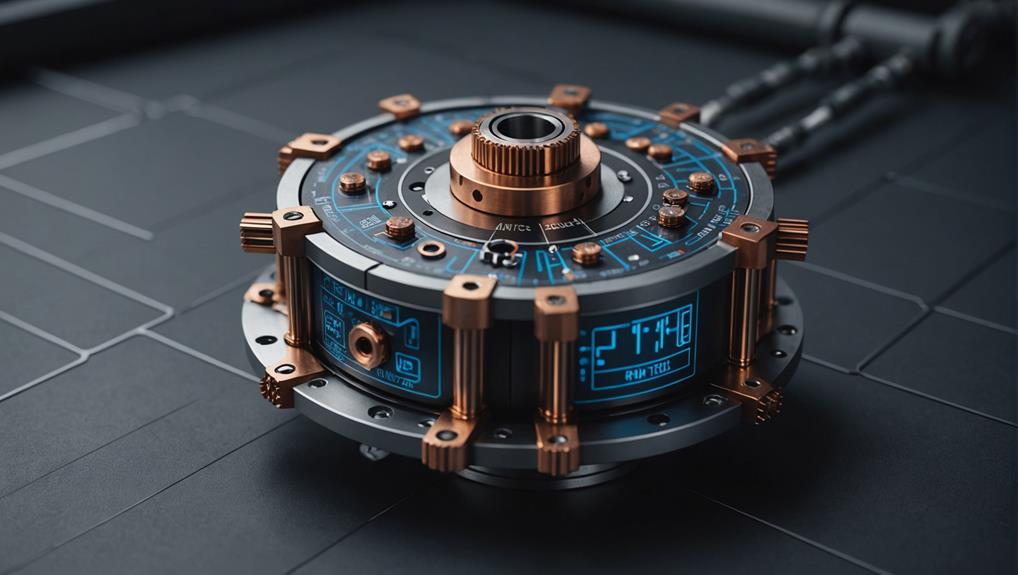
Navigating the complexities of torque measurement requires a deep understanding of the underlying principles and mechanisms to ensure accurate results.

Precise control and optimization of engine performance await, but only for those who unlock the secrets of dynamometer-driven data analysis.

Gaining insight into the differences between inertia and brake dynamometers is crucial for ensuring accurate testing results in various industries.
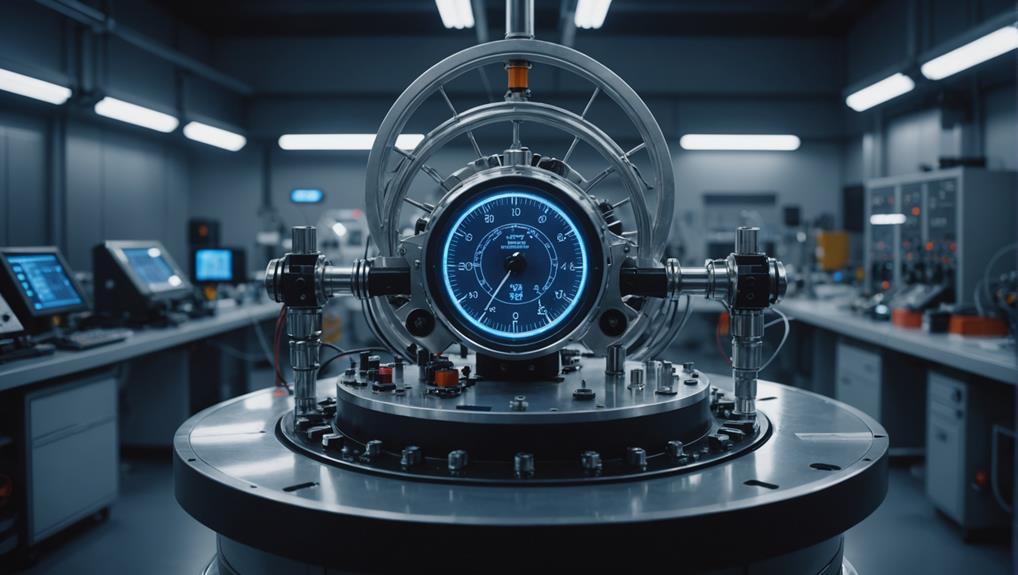
Tapping into the precise measurement capabilities of dynamometers, uncover the secrets to optimizing fuel efficiency and slashing emissions in the automotive industry.

Witness the importance of rigorous safety protocols and best practices in dynamometer testing to avoid catastrophic failures and ensure accurate results.
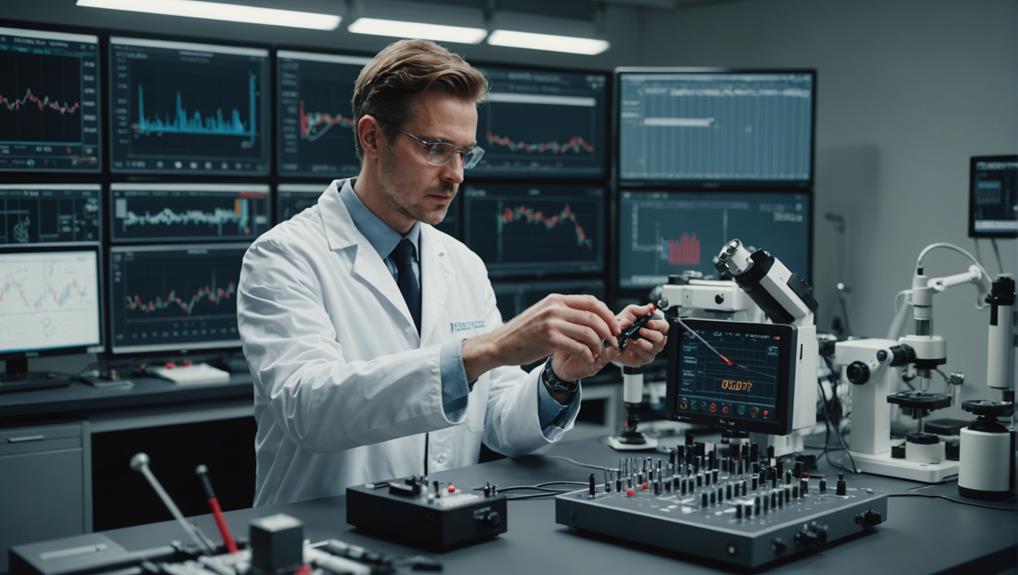
Harnessing the nuances of precision measurement is crucial to avoiding costly errors in dynamometer testing, but what are the key factors to consider?

Witness the transformative power of dynamometers in unlocking your vehicle’s hidden performance potential, but only if you know how to harness their precision.


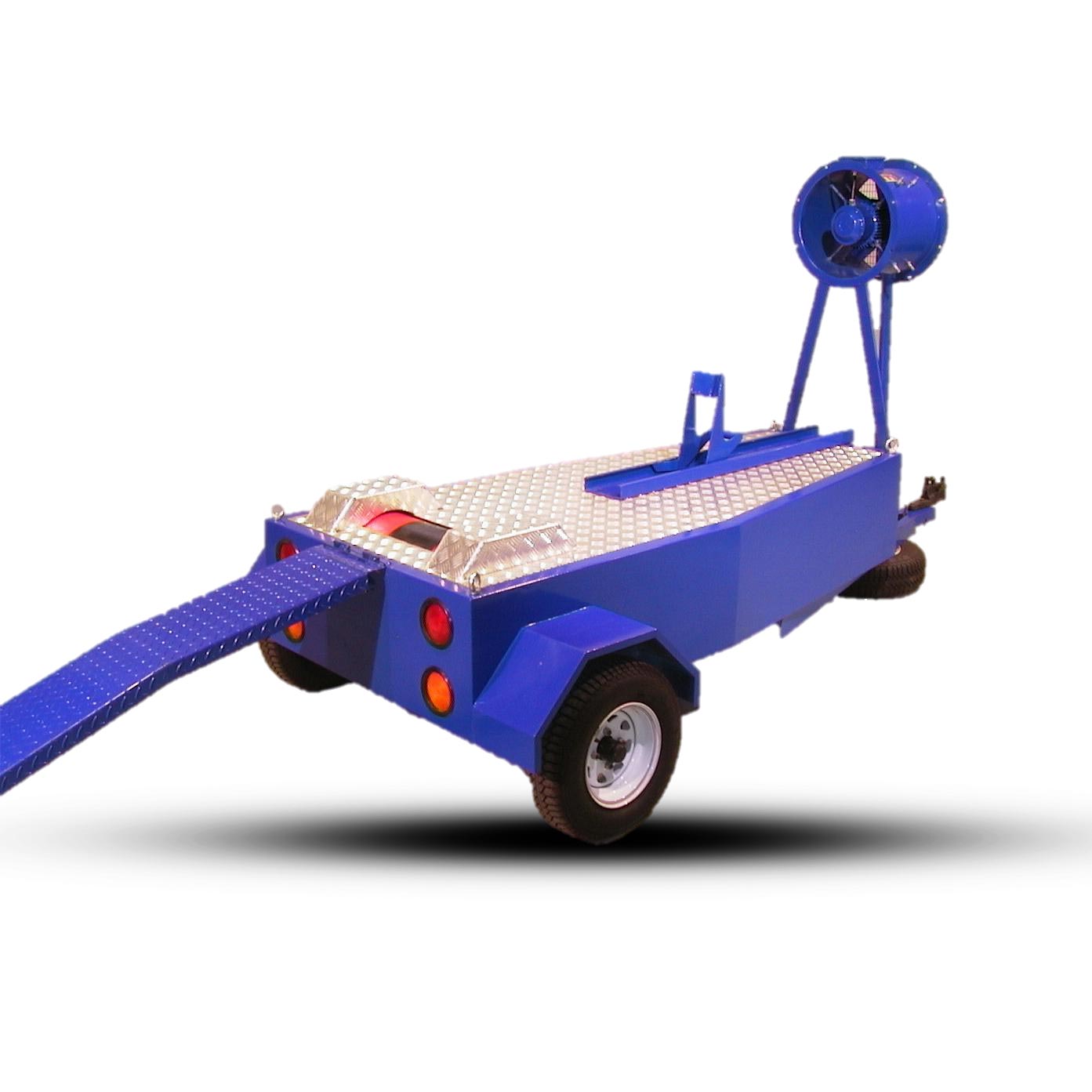
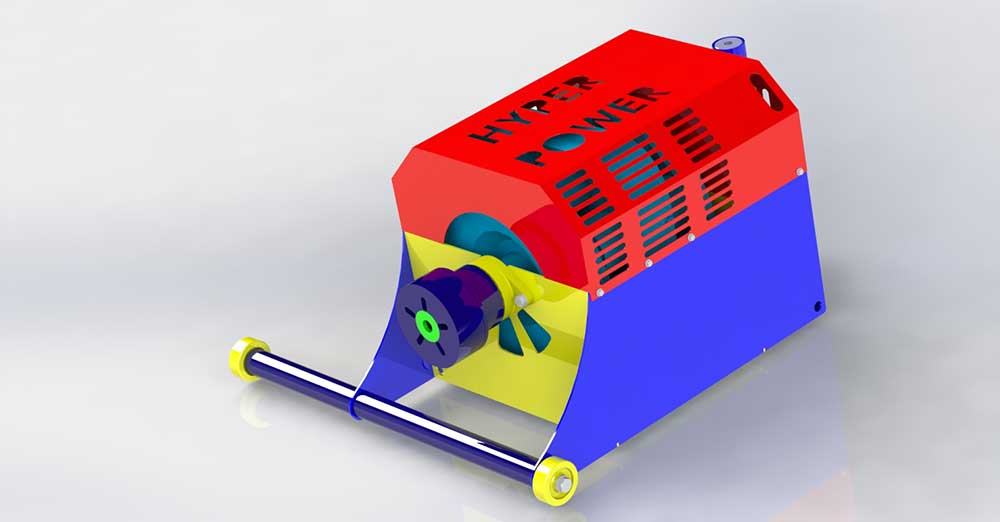


Hyper Power, the leading name in dynamometer solutions, offers unparalleled precision and reliability for all your performance testing needs.